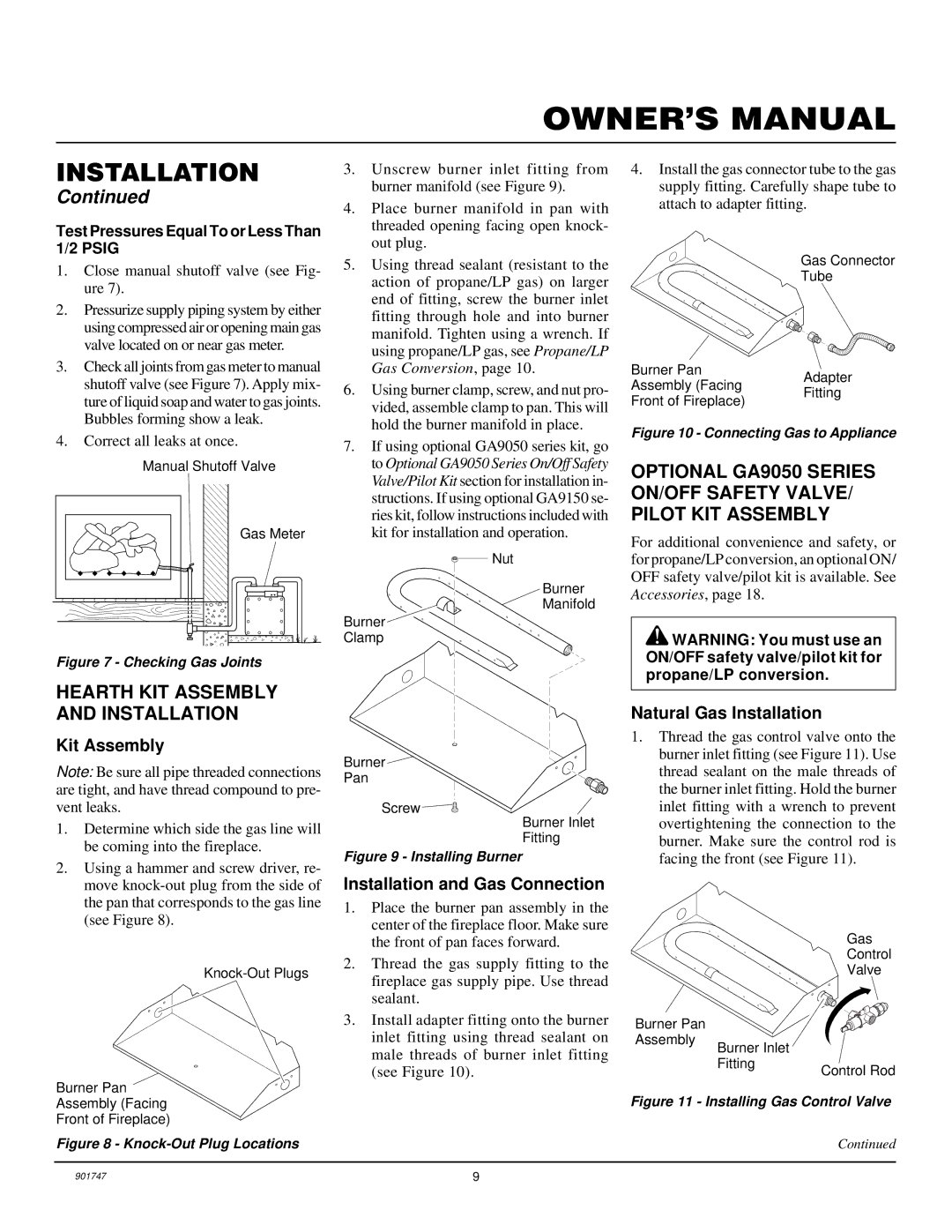PCVDR24 RGA specifications
Desa PCVDR24 RGA is a cutting-edge device designed to enhance temperature management in residential and commercial spaces. This innovative product stands out in the market thanks to its advanced technology and user-friendly features.At its core, the PCVDR24 RGA offers precise temperature control, allowing users to maintain their desired comfort levels efficiently. It uses a highly responsive digital thermostat, which ensures accurate readings and minimal temperature fluctuations. This feature not only contributes to user comfort but also promotes energy efficiency, as the system avoids unnecessary heating or cooling cycles.
One of the key features of the Desa PCVDR24 RGA is its robust construction. Designed for durability, this unit is built to withstand varying environmental conditions, making it suitable for both indoor and outdoor applications. The materials used in its construction resist rust and corrosion, ensuring a long lifespan even in harsh climates.
The PCVDR24 RGA also employs advanced airflow technology, which facilitates even distribution of heated or cooled air. This ensures that every corner of the room reaches the desired temperature without hot or cold spots, significantly enhancing comfort levels for occupants.
Furthermore, the device is equipped with programmable settings, allowing users to tailor temperature schedules based on their daily routines. This smart feature not only enhances user convenience but also contributes to energy savings, as homeowners and business operators can adjust the heating and cooling cycles to operate according to their specific needs.
Additionally, the Desa PCVDR24 RGA comes with a built-in safety mechanism designed to prevent overheating. This greatly reduces the risk of potential accidents, ensuring a safe environment for all users.
In terms of energy efficiency, the PCVDR24 RGA is designed to meet rigorous industry standards, making it an environmentally friendly choice. Users can expect a reduction in energy bills due to its efficient operation, which is increasingly important in today’s eco-conscious society.
In summary, the Desa PCVDR24 RGA combines advanced technology, robust construction, and user-friendly features to provide a reliable solution for temperature management. Its precise control, even airflow distribution, programmable settings, and safety features make it an attractive option for anyone looking to improve comfort and energy efficiency in their space.

